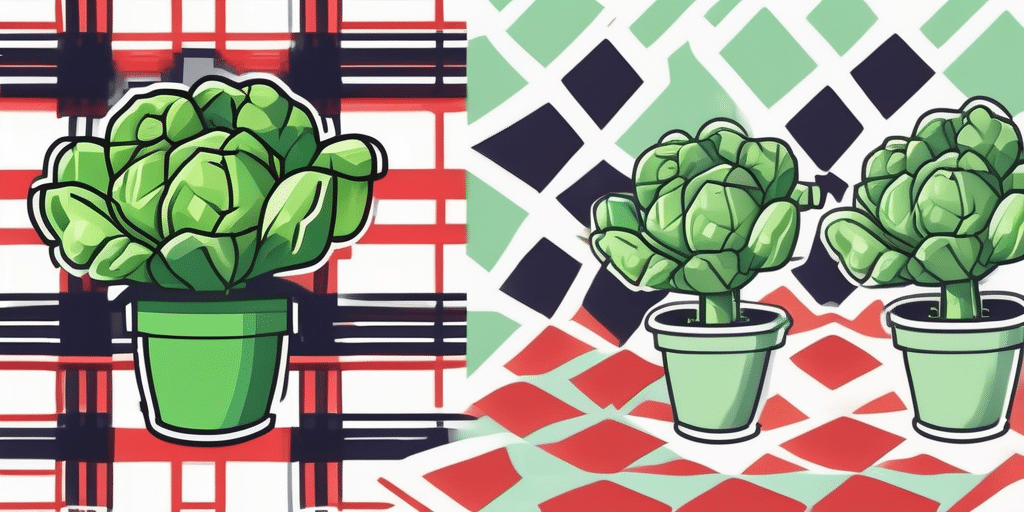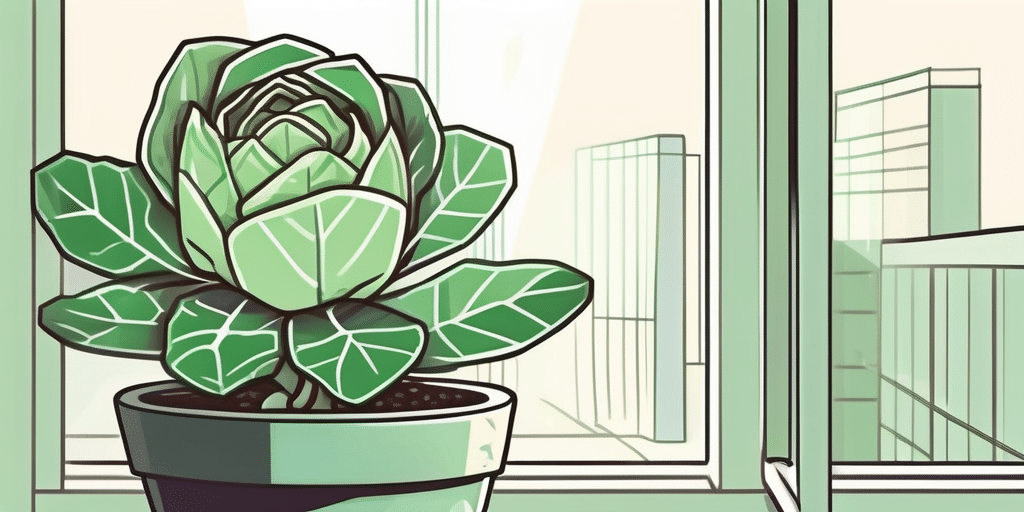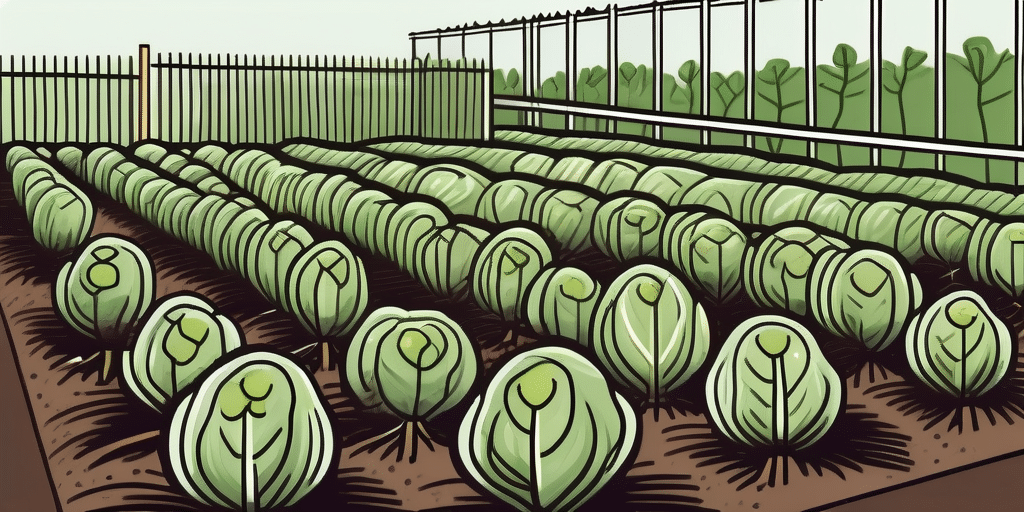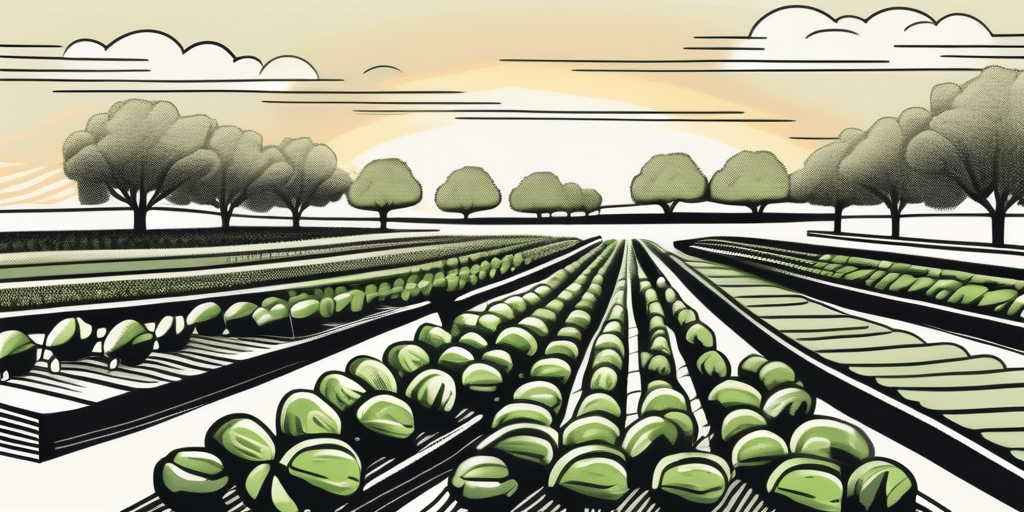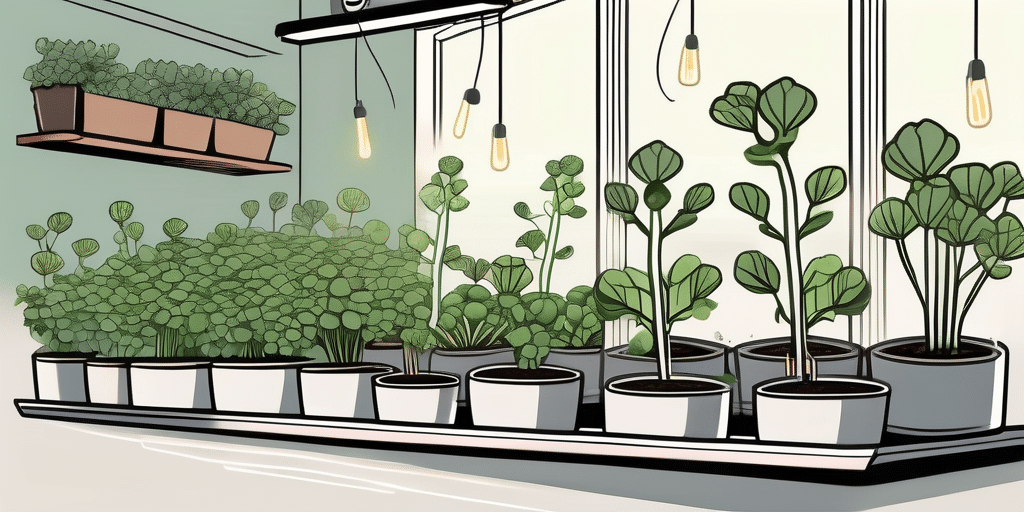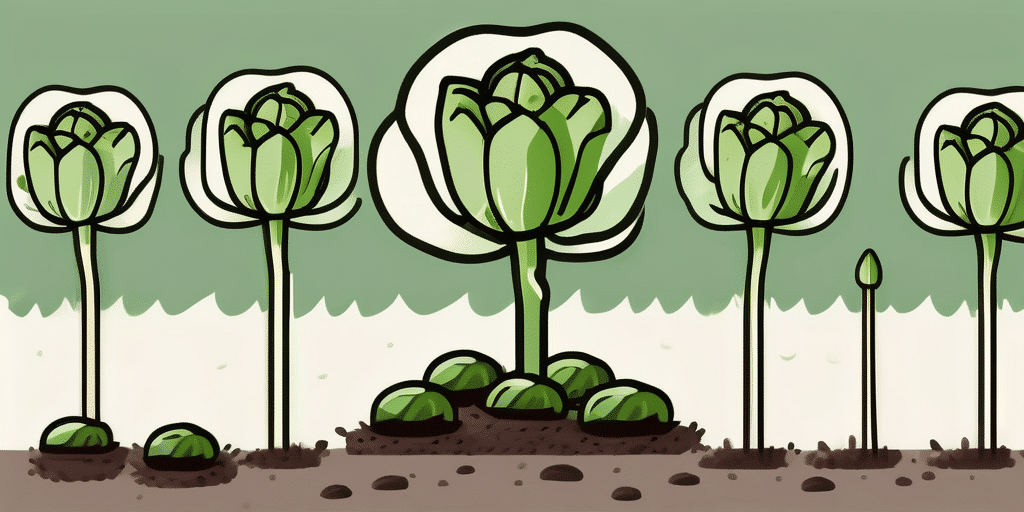If you’re a resident of Michigan and a fan of Brussels sprouts, you may be wondering about the best time to plant and how to grow this delicious vegetable in your own backyard. Look no further, as we have all the information you need to get started on your Brussels sprouts journey!
Best Brussels Sprouts Varieties for Michigan
Before we dive into the nitty-gritty details of growing Brussels sprouts in Michigan, let’s talk about the best varieties to choose from. These varieties have been carefully selected for their adaptability to Michigan’s climate and soil conditions:
- Long Island Improved
- Jade Cross
- Red Rubine
These varieties are known for their sturdy growth, disease resistance, and excellent flavor.
Long Island Improved is a classic Brussels sprouts variety that thrives in Michigan’s cooler climate. It produces medium-sized, firm sprouts that are perfect for roasting or sautéing. This variety is also known for its high yields, making it a favorite among Michigan gardeners.
Jade Cross is another top choice for Michigan gardeners due to its resistance to common Brussels sprouts diseases like clubroot. This variety produces uniform, medium-sized sprouts with a mild and sweet flavor. Jade Cross is a reliable performer in Michigan’s unpredictable weather conditions.
Climate & Hardiness Zones in Michigan
Michigan is located in USDA hardiness zones 4-6, depending on the region. This means that winters can be cold and harsh, while summers tend to be warm and humid. Brussels sprouts thrive in cooler temperatures, making them a suitable choice for Michigan’s climate.
Michigan’s climate is greatly influenced by the surrounding Great Lakes, which can lead to lake-effect snow in the winter and cooler summer temperatures near the shoreline. The state experiences a wide range of weather patterns, from thunderstorms and tornadoes in the spring and summer to lake-effect snowstorms in the winter.
The diverse landscape of Michigan also plays a role in its climate variations. The Upper Peninsula is known for its rugged terrain and colder temperatures, while the Lower Peninsula features a more moderate climate with fertile soil, ideal for agriculture. Michigan’s rich agricultural history includes crops such as cherries, apples, and blueberries, which thrive in the state’s unique climate.
When to Plant Brussels Sprouts in Michigan
In Michigan, the best time to plant Brussels sprouts is in late spring or early summer, after the last frost has passed. This usually falls between late May and early June. Brussels sprouts require a long growing season, so it’s important to give them a head start.
Start by sowing the seeds indoors about 6-8 weeks before the last frost date. Use seed trays or pots filled with a well-draining seed starting mix. Plant the seeds about ¼ inch deep and keep the soil consistently moist. Once the seedlings have grown a few sets of true leaves, they can be transplanted outdoors.
Brussels sprouts, a member of the cabbage family, thrive in cool weather and can withstand light frosts, making them an excellent choice for Michigan’s climate. They prefer full sun and fertile, well-drained soil with a pH between 6.0 and 7.5. Adding compost or well-rotted manure to the soil before planting can help provide the necessary nutrients for healthy growth.
When transplanting the seedlings outdoors, space them about 18-24 inches apart in rows that are 30 inches apart. Brussels sprouts benefit from consistent moisture throughout the growing season, so regular watering is essential, especially during dry periods. Consider using mulch around the plants to help retain soil moisture and suppress weeds.
When to Harvest or Pick Brussels Sprouts in Michigan
Harvesting Brussels sprouts in Michigan can be done in the late summer or early fall, usually around September or October. The sprouts should be firm and about 1-2 inches in diameter before harvesting. Start from the bottom of the plant and work your way up, picking the sprouts as they mature.
If frost is approaching, you can harvest the entire plant by cutting off the top. Hang the plant in a cool, dry place to continue ripening the sprouts. Alternatively, you can harvest the sprouts as needed, leaving the rest of the plant in the ground.
Brussels sprouts are a cold-weather crop that thrives in Michigan’s climate. They actually become sweeter after being exposed to a light frost, making them a perfect vegetable for fall harvest. The flavor of Brussels sprouts can be enhanced by a light frost because the cold temperatures convert starches in the sprouts into sugars, resulting in a more palatable taste.
When harvesting Brussels sprouts, it’s important to look for sprouts that are tightly packed and firm to the touch. Avoid picking sprouts that are loose or have started to yellow, as they may be overripe. By picking the sprouts from the bottom of the plant first, you allow the smaller sprouts at the top more time to mature and reach their full size.
Frequently Asked Questions
Q: Are Brussels sprouts difficult to grow in Michigan?
A: While Brussels sprouts require some attention and care, they are not overly difficult to grow in Michigan. With the right variety selection and proper care, you can enjoy a bountiful harvest.
Brussels sprouts, a member of the cabbage family, thrive in cooler climates like Michigan. They prefer well-drained, fertile soil with a pH level between 6.0 and 7.5. It’s important to start Brussels sprouts indoors about 6-8 weeks before the last frost date to give them a head start.
Q: Do Brussels sprouts need full sun or partial shade?
A: Brussels sprouts thrive in full sun. Ensure they receive at least 6 hours of direct sunlight per day for optimal growth and development.
These plants need ample sunlight to produce large, flavorful sprouts. If you’re planting them in a location with hot summers, providing some afternoon shade can help prevent the plants from bolting.
Q: How do I know when Brussels sprouts are ready to harvest?
A: When the sprouts have reached a suitable size and feel firm when gently squeezed, they are ready to be harvested.
Harvesting Brussels sprouts is a rewarding experience. The lower sprouts mature first, so you can start picking them from the bottom of the stalk and work your way up. Remember, a light frost can actually improve the flavor of Brussels sprouts!
Q: Can I grow Brussels sprouts in containers?
A: Yes, you can grow Brussels sprouts in containers. Choose a large container with good drainage and provide adequate support for the tall plants.
Container gardening is a great option for those with limited space. Select a container that is at least 18 inches deep to accommodate the plant’s deep root system. Consider using a slow-release fertilizer to ensure your Brussels sprouts have all the nutrients they need.
Q: How should I store Brussels sprouts after harvesting?
A: Brussels sprouts can be stored in the refrigerator for up to two weeks. Keep them in a plastic bag or airtight container to maintain freshness.
For longer storage, you can blanch Brussels sprouts and freeze them for several months. To blanch, simply boil the sprouts for a few minutes, then transfer them to an ice bath to stop the cooking process. Once they are completely dry, pack them in freezer-safe bags and store them in the freezer.
With these tips in mind, you’re now ready to embark on your Brussels sprouts growing adventure in Michigan. Happy gardening!
Join the How to Grow Everything Community
Ready to transform your green thumb into a garden full of lush Brussels sprouts and more? Subscribe for free to How to Grow Everything and learn how to build the garden of your dreams! Receive personalized gardening advice tailored to Michigan’s unique climate, your experience level, and your specific gardening interests. Our family is dedicated to helping yours grow the best garden possible with thousands of free articles, the best gardening tips, and special offers delivered straight to your inbox. No spam, no tricks—just pure gardening gold. Subscribe now and be part of a community that grows together!

